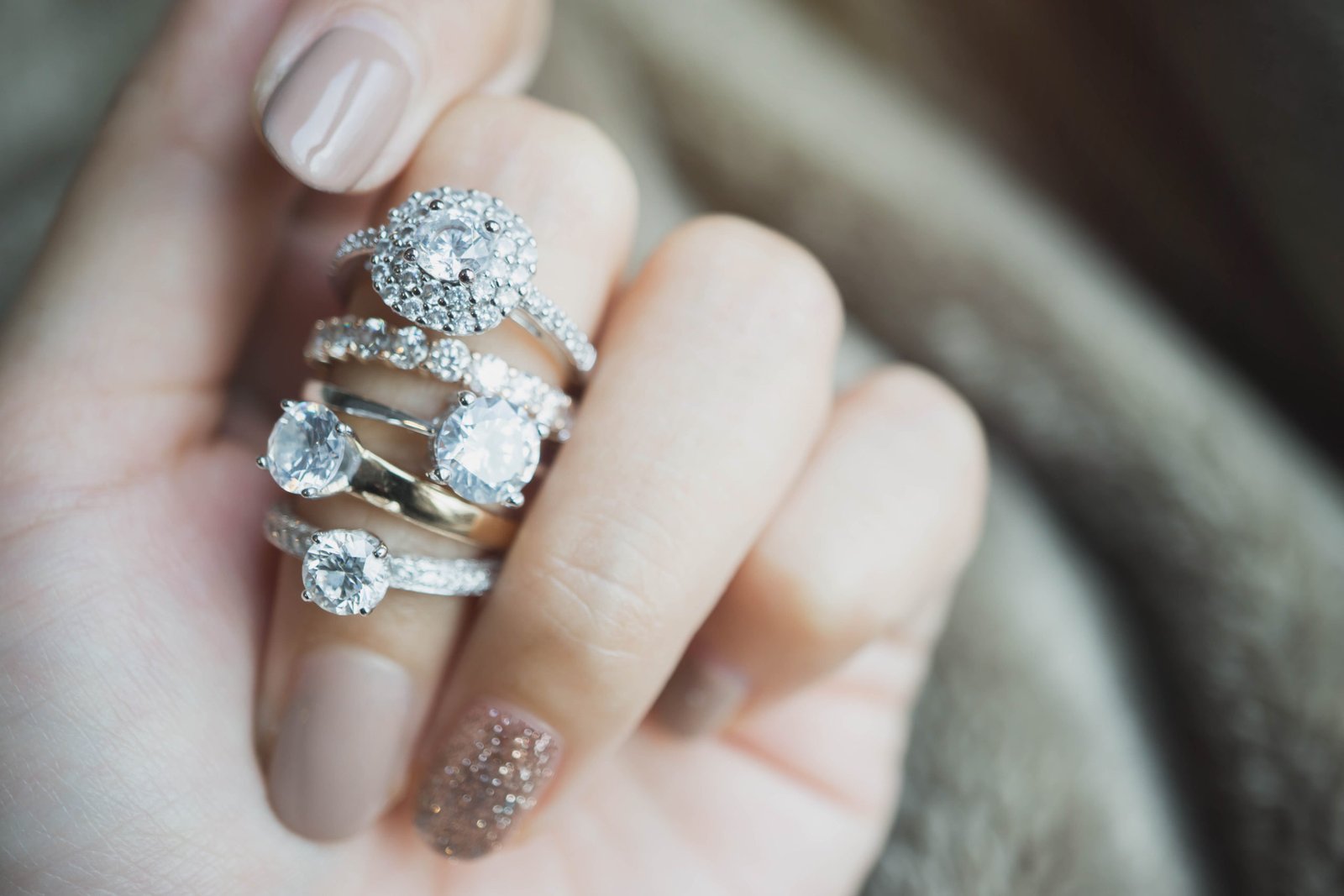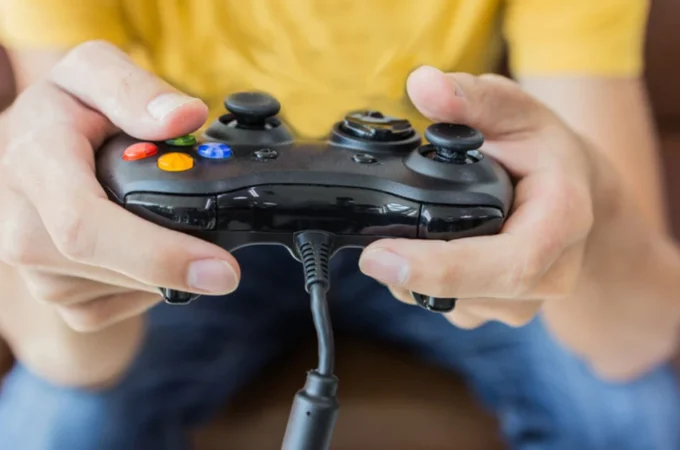
6 Costly Mistakes To Avoid When Buying A Diamond Ring
Buying a diamond ring is usually a big deal, whether it’s an engagement ring or for any other reason. You’re most likely going to need to do some research, know what you’re actually looking for, and set a budget. You don’t want to just rely on what you hear in commercials as these could force you to do something you ought not, costing you more than necessary.
There are eight mistakes you’ll want to pay attention to when buying a diamond ring. These are:
Don’t Think All Rings Are Going To Fit Every Finger Perfectly.
The first thing you should do is measure your ring size at home and save a trip to the jewelry store.
A good rule of thumb is that a ring is usually made to fit a specific finger, and, therefore, won’t work if it’s too big or small. Some rings are made to fit specific fingers (like an engagement ring), but others can be sized so they’ll fit any finger size. Such are often called cocktail rings (because they’re worn during special occasions) or eternity bands (because their design never ends).
If your fiancé has small hands or large knuckles, there’s a chance that she won’t be able to wear her engagement ring on every finger without making it look silly or uncomfortable. That being said, don’t buy a diamond band that looks too bulky on her smallest finger for it will just be more trouble than it’s worth!

Don’t Buy From The First Store You Go Into
One of the biggest mistakes you can make is buying your diamond ring from the first store you visit. If you’re new to buying diamond rings, then you must do a little bit of research before going out to buy one.
You should know what kind of diamond ring style, cut, and carat size that suits your budget. Many different factors contribute to how much a diamond ring costs, so it’s important that you have an idea in mind before visiting a jewelry store or brand website.
One of the best ways to avoid making costly mistakes when buying a diamond ring is by knowing what type of budget range is most suitable for your needs and preferences (i.e., whether you want something contemporary or traditional). The same goes for knowing what kind of metal type you prefer (gold vs. silver).
Not All Diamonds Are Created Equal
To begin, you should understand that diamonds are graded according to four characteristics: color, clarity, cut, and carat weight. The most important of these four is the diamond’s color grade. The less color a diamond contains (i.e., the whiter it is), the more valuable it’ll be as well as more expensive to buy.
A one-carat round brilliant cut with an IF-VVS1 color will cost you around USD$3,400, while a similar sized round brilliant with an I1-I2 color will cost around USD$2,600. You can see how much money you’ll save by buying a diamond with less saturation in its hue!
The next most significant factor when determining quality is clarity. Are there any defects visible within the stone? This affects value because although no two diamonds are alike in terms of their imperfections, some defects can make certain stones undesirable or even unsellable. So, if your budget allows for it, then try going for the highest quality possible.

Don’t Just Rely On Information From Ads And Commercials.
Don’t just rely on information from ads and commercials. These are designed to sell a product through manipulation, not give you accurate information. They can use confusing language, show you misleading demonstrations of their products’ capabilities, or even tell outright lies to get you to buy what they’re selling. This doesn’t mean that all ads and commercials are dishonest, it’s just that you shouldn’t assume that the information they present is reliable or truthful simply because it’s presented as such. Take what they say with a grain of salt.
You may hear something different from someone else about diamonds based on where they work in the diamond industry. If two different salespeople tell you two different things about a particular diamond (or anything else), don’t trust either one over another.
Instead, ask yourself whether each salesperson had a vested interest in convincing you one way or another (e.g., maybe, one wants you to buy more expensive diamonds than the other). This goes back to the point above about trusting ads too much: Making decisions based on biased sources, like advertisements, means missing out on the most important details, which could’ve changed your mind completely.
Don’t Rush Into Getting A Ring If It’s For An Engagement Or Wedding
When it comes to buying a diamond for your significant other, or yourself if you’re the bride-to-be, there are some things that you should avoid doing at all costs.
For example, don’t buy a ring without showing it first to your partner. This will help prevent their disappointment if they don’t like what they see on their finger. Instead of buying the first piece of jewelry that catches your eye, look around and ask questions until you find something that perfectly fits their personality and style. Also, make sure not to spend too much money on the ring.

Don’t Splurge Just Because It’s An Engagement Ring.
The next mistake you need to avoid is spending more than you can afford. You mustn’t do this at any cost when purchasing any piece of jewelry, especially not on an engagement or wedding ring.
The most important thing to remember here is that if it’s in the budget and it’ll make your partner happy, then go ahead and get it! But, if there’s any wiggle room in terms of budgeting for these types of things (well, usually, there really is), try not to spend too much money on one item alone. Otherwise, you might end up regretting spending too much money at once when it comes time to renew vows or buy another set of wedding bands later down the line.
Conclusion
Just remember these tips and get creative with your design or purchase. And, remember, have fun during the process!




